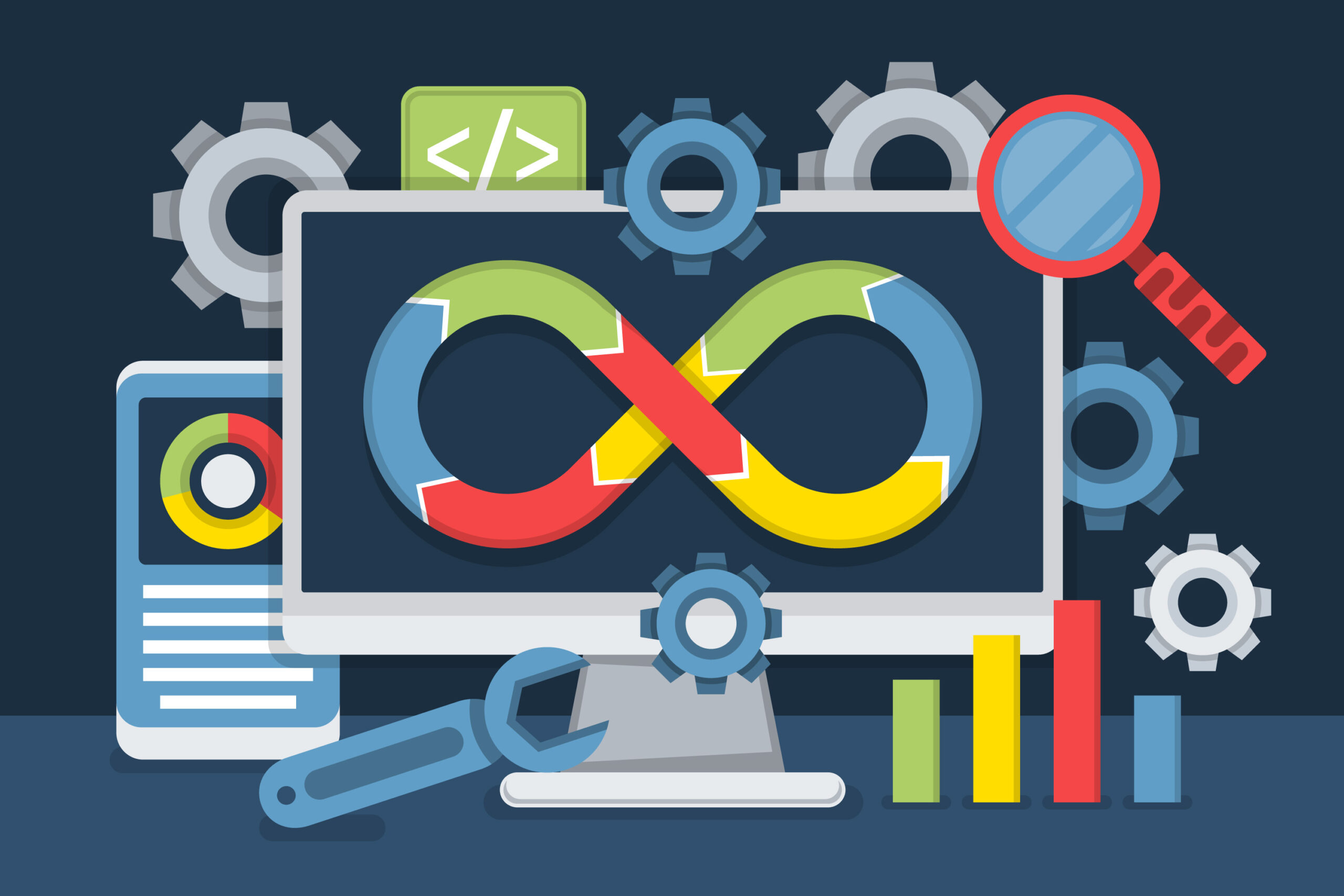
What Google’s Algorithm Updates Mean for Accessibility in 2025
In 2025, Google’s algorithm updates aren’t just shaking up the SEO world—they’re sending a clear message: accessibility matters more than ever.
If your website isn’t accessible, you’re not just losing out on inclusivity—you’re losing rankings, reach, and revenue.
Let’s break down what this means for your business and how you can align with the latest changes without getting buried in jargon.
Why Is Accessibility Now an SEO Priority?
Historically, accessibility was treated like an afterthought—important, but separate from SEO. That’s changing fast.
Google’s 2025 updates prioritize user-first experiences, and accessibility is at the heart of that. Sites that are easy to navigate, readable by screen readers, and optimized for all users, including those with disabilities, are now directly rewarded in search rankings.
In short:
Better accessibility = better SEO = better business outcomes.
Key Accessibility Signals Google Is Watching in 2025
Here’s what’s under the microscope now:
→ Semantic HTML and ARIA roles
Google now better understands content hierarchy. Using proper headings (<h1>, <h2>, etc.), landmarks, and ARIA attributes improves both accessibility and SEO clarity. Read More about ARIA roles
→ Alt Text That Adds Real Value
Alt attributes are no longer optional. Google’s image indexing heavily considers whether alt text is descriptive, relevant, and useful.
→ Keyboard Navigation
Websites need to be fully navigable via keyboard. If users (and crawlers) can’t tab through your site smoothly, expect ranking penalties.
→ Color Contrast and Readability
Low contrast? Tiny fonts? That’s now a UX and SEO problem. Readability is a direct ranking factor tied to accessibility and SEO performance.
→ Accessible Rich Media
Videos and animations must include transcripts, captions, and pause controls. Not doing so could push your content down in search.
How to Audit Your Site for SEO Accessibility in 2025
To keep pace, run a comprehensive accessibility audit for SEO benefits. Here’s a simplified checklist:
- Use semantic HTML elements
- Add meaningful, unique alt text to all images
- Test your site with keyboard-only navigation
- Run a contrast checker for colors and fonts
- Ensure forms have proper labels and error messages
- Add captions and transcripts to videos
- Use descriptive link text (“Read more” is out—“Learn more about our services” is in)
Tools like Google Lighthouse, WAVE, and axe DevTools can give you quick, actionable insights. You can read In depth about Accessibility Audit Here.
Why This Matters for Your Business
An accessible website isn’t just a “nice to have” anymore—it’s a competitive advantage.
When you make your site inclusive, you:
-
Improve your SEO rankings
-
Reach a broader audience
-
Boost user trust and engagement
-
Reduce legal risk (yes, accessibility lawsuits are on the rise)
-
Future-proof your digital presence
In other words: accessibility and SEO are now two sides of the same coin.
Don’t Wait to Adapt
Google’s algorithm updates in 2025 are a wake-up call. Websites that ignore accessibility will fall behind, no matter how “pretty” they are or how much content they produce.
The good news? Making your site accessible doesn’t require a complete rebuild.
With thoughtful improvements and the right guidance, you can boost both usability and search performance, starting now.
Want help running an accessibility audit with SEO in mind?
At Logiduck, we specialize in optimizing websites for both humans and algorithms. Let’s make your site faster, fairer, and more findable. Contact Us Now
FAQs
Q: Is accessibility really a ranking factor in 2025?
A: Yes. While Google may not label it directly as “accessibility,” many ranking signals—like mobile-friendliness, Core Web Vitals, and semantic HTML—are rooted in accessibility best practices.
Q: Will fixing accessibility hurt my design or UX?
A: Not at all. In fact, it usually makes the design cleaner, the UX smoother, and the entire site more usable for everyone.
Q: Can I use AI tools to improve accessibility?
A: AI can assist with alt text generation and content structure analysis, but it’s not a replacement for a thoughtful, human-led accessibility strategy.



